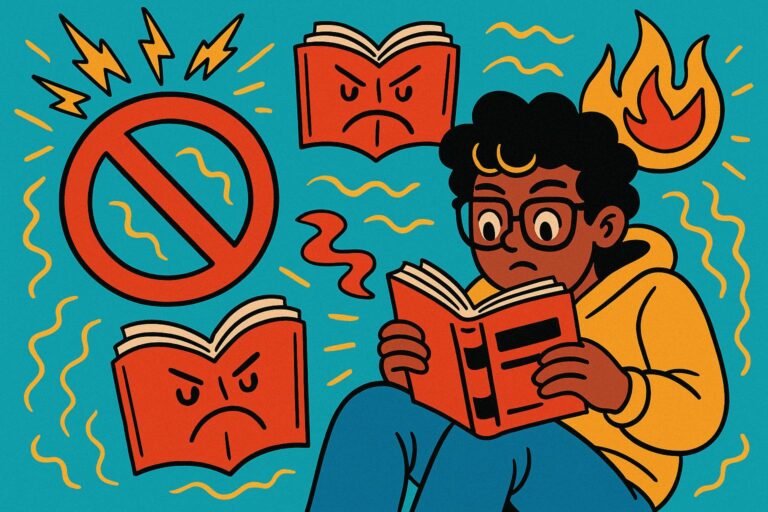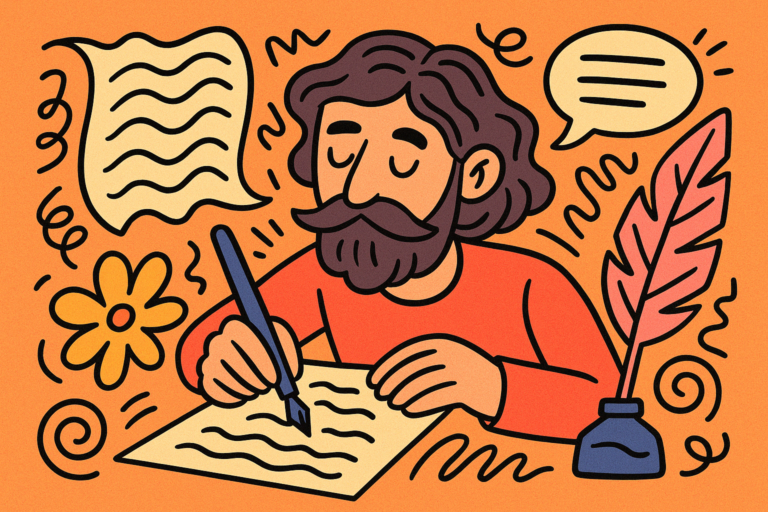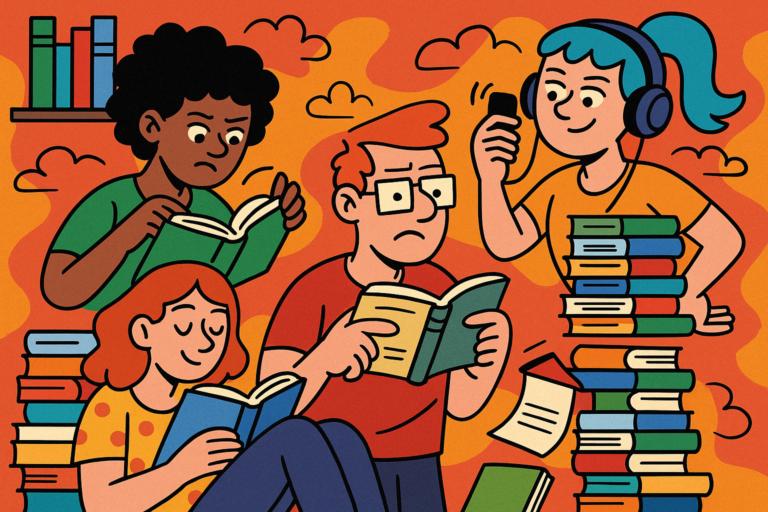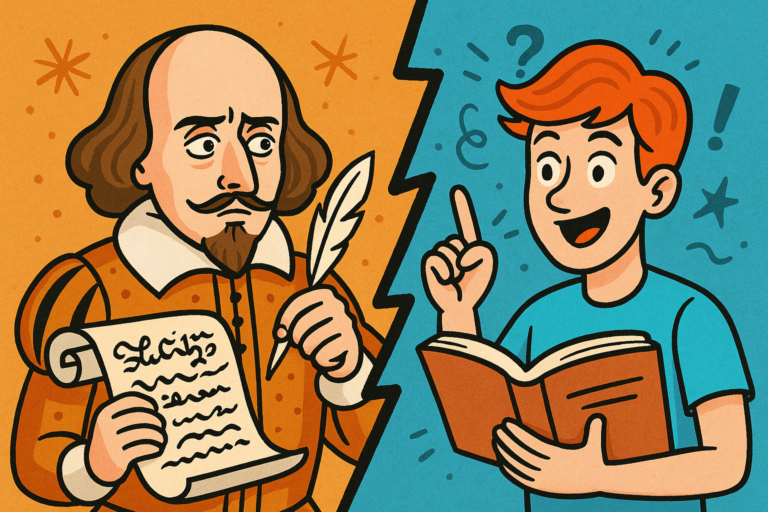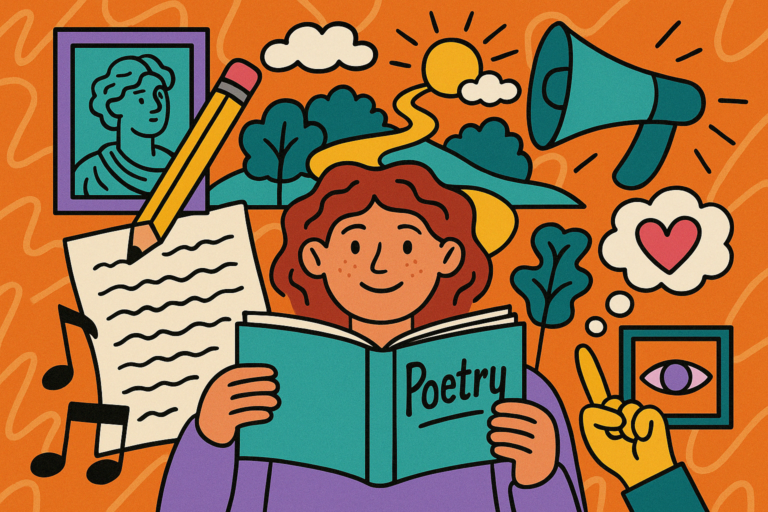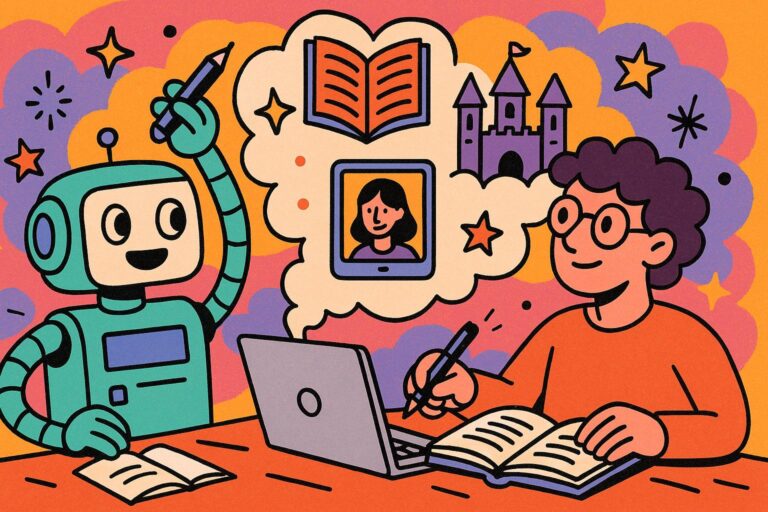If Books Had Soundtracks, How Could You Pair Albums With Novels For A Full Experience?
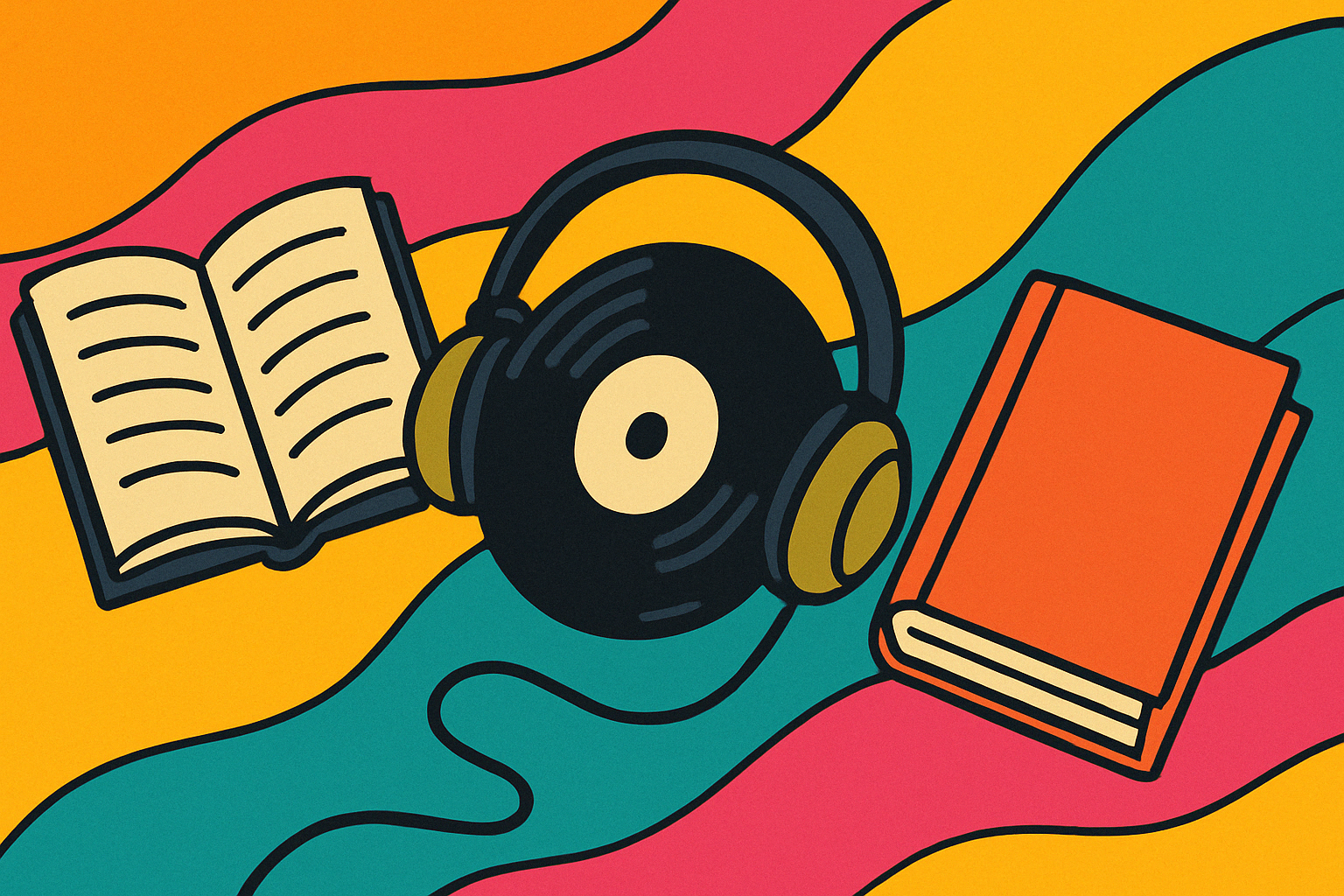
Ever read a novel and thought, “This deserves a soundtrack”?
Same.
I started exploring this idea not just as a reader, but as someone kind of obsessed with how art forms talk to each other.
What if books did have soundtracks—carefully chosen albums that move with the story, emotionally and rhythmically?
This isn’t just a cute experiment.
There’s real depth here.
Cognitive scientists talk about cross-modal perception—basically, how our senses influence each other. And musicians like Max Richter and authors like David Mitchell have literally collaborated to blur those lines. So it made me wonder: what happens when we stop treating music as background noise and start treating it as a narrative companion?
In this post, I’ll dig into how we can thoughtfully pair music albums with novels, using both emotional tone and structural rhythm.
It’s not random—it’s a craft. And once you tune into it, it changes how you read and listen.
Theoretical Frameworks for Pairing Music with Literature
Alright, let’s talk frameworks. Because as fun as this concept is, I wanted to figure out how to actually do it well—especially for serious readers and listeners. I found that there are a few core angles that make a solid pairing work.
Here’s what I came up with after diving into a bunch of texts and interviews from novelists, composers, and interdisciplinary theorists:
1. Narrative Structure vs. Musical Structure
Think about how a novel builds tension, peaks, and resolves—then compare that with how albums are structured. A novel like Beloved by Toni Morrison, for example, has this haunting cyclical rhythm and emotional crescendo.
I paired it with Julianna Barwick’s “Nepenthe”—a vocal ambient album that loops and builds in this aching, almost ghost-like way. Both have a nonlinear feel but land with emotional precision.
2. Emotional Resonance & Tone Matching
This one’s intuitive but deceptively deep. Matching tone isn’t just “sad book = sad music.” It’s about finding emotional nuance.
Never Let Me Go by Kazuo Ishiguro isn’t just sad—it’s elegantly resigned, almost sterile in its sorrow. I matched it with The Caretaker’s “Everywhere at the End of Time (Stage 1–3)”, which captures a similar emotional restraint while slowly unraveling.
3. Temporal Pacing
Length matters. Some albums are meant to be absorbed in a single sitting, just like certain novellas. Of Mice and Men, for instance, works shockingly well with Nick Drake’s “Pink Moon”—both short, tragic, and deceptively simple. Meanwhile, sprawling novels like Infinite Jest demand something more like Godspeed You! Black Emperor, where the songs themselves are mini-narratives.
4. Cultural & Historical Context
This is where things get super interesting. Pairing works that share not just tone but time or ideology creates a deeper resonance.
The Fire Next Time by James Baldwin alongside Nina Simone’s “Pastel Blues” is a power move. Both emerged from the Civil Rights era and reflect on Black pain and beauty with soul-shaking clarity. It’s not about background vibes—it’s a shared historical voice.
So yeah, once you start thinking in terms of structure, tone, pacing, and context, the pairings become less about taste and more about intention. Up next, I’ll share some specific combos that really hit—novels and albums that seem like they were made to be experienced together.
Albums and Novels that Speak to Each Other
Okay, now for the fun part—specific pairings. I’ve spent way too many nights testing different combinations, and while the possibilities are endless, some pairings just click.
These aren’t just based on mood—they align in rhythm, narrative architecture, or historical energy. Each one is meant to be experienced in tandem, or at least with the album as a recurring companion during the reading process.
Here are five that hit hard, each for very different reasons:
“The Left Hand of Darkness” by Ursula K. Le Guin + Ambient 1: Music for Airports by Brian Eno
→ Alien landscapes, gender fluidity, and suspended temporality.
This one’s almost too perfect. Le Guin’s novel is cold and cerebral on the surface, but deeply emotional underneath—kind of like Eno’s ambient masterpiece. Both works revolve around the concept of space—not just outer space, but emotional and psychological space.
Eno’s music doesn’t demand attention but slowly reconfigures your perception, much like Le Guin’s exploration of Gethen’s genderless society. They both feel like floating through fog: you don’t realize you’re changed until you come out the other side.
Pro tip: listen to Track 2 (“2/1”) during the scenes on the glacier. The blend of cold, wordless tone and narrative introspection is… unsettling in the best way.
_“White Noise” by Don DeLillo + OK Computer by Radiohead
→ Media saturation, existential anxiety, and postmodern disintegration.
This pairing is practically canon at this point, but it still deserves a spotlight. Both DeLillo and Radiohead captured a very specific late-20th-century dread—not of war or death exactly, but of static.
Noise.
Distraction.
White Noise is basically a novel about fear filtered through a shopping mall loudspeaker, and OK Computer responds with glitchy unease and isolation. It’s less about paranoia and more about information fatigue.
The trick here is how disjointed yet coherent both works feel. The narrative of White Noise constantly derails into absurdity, just like OK Computer veers from “No Surprises” to “Paranoid Android” with no warning. Together, they become a kind of anxious symphony.
_“The Bell Jar” by Sylvia Plath + Carrie & Lowell by Sufjan Stevens
→ Introspective lyricism, mental illness, autobiographical grief.
This one hurts. Both the novel and the album are deeply autobiographical, poetic, and devastating in their emotional clarity.
Plath’s writing feels like slicing glass—precise, bright, and sharp—and Sufjan’s lyrics feel the same. Carrie & Lowell isn’t just sad music; it’s a quiet, melodic unraveling of identity and memory.
Listening to it while reading The Bell Jar adds another emotional dimension, particularly to Esther’s internal monologues.
There’s also a powerful link in their use of beauty as a disguise. Plath’s prose and Sufjan’s melodies are both gorgeous—almost too gorgeous—considering what they’re conveying. It’s this tension between aesthetic beauty and internal collapse that makes the pairing so haunting.
_“Blood Meridian” by Cormac McCarthy + Black One by Sunn O)))
→ Violent landscapes, existential dread, sonic brutality.
If you’re looking for comfort, skip this one. But if you want to feel the full weight of McCarthy’s apocalyptic American West, Sunn O))) is your soundtrack.
Blood Meridian is one of the most violent and philosophical novels ever written, and Black One is a wall of doom-laden sound that honestly feels like it was composed in the Judge’s basement.
The drone metal here isn’t melodic—it’s oppressive. It stretches time, distorts space, and matches the book’s moral nihilism.
There are moments in the novel (especially the desert scenes) that feel like they echo forever. That’s exactly what Black One sounds like. It’s not just intense; it’s ritualistic.
This pairing is all about mood saturation. You don’t enjoy it—you endure it. But it’ll leave a mark.
_“Mrs. Dalloway” by Virginia Woolf + In a Silent Way by Miles Davis
→ Stream-of-consciousness, time dilation, subtle shifts in mood.
I swear this combo slows down time.
Mrs. Dalloway takes place over a single day, and In a Silent Way could easily score the entire thing without feeling rushed.
Woolf’s writing style mimics jazz in its own way—looping, improvisational, floating in and out of memory and the present moment. And Miles Davis, especially on this album, is doing something similar with sound.
There’s a delicacy here that rewards attention. Both works don’t announce themselves—they unfold gently, asking you to listen between the lines. You’ll find resonances in the smallest things: Clarissa’s quiet party preparations paired with the soft keyboard runs of Joe Zawinul.
The whole experience becomes meditative.
This pairing is especially good for readers who want something immersive and emotionally complex, but not overwhelming.
Each of these combos was chosen not just for theme, but for tempo, rhythm, and the emotional subtext that links the two works. The best part? You can experiment endlessly. Let’s talk about how to do that.
Methodologies for Creating Your Own Soundtrack-Novel Pairings
So how do you come up with your own pairings?
There’s no one “right” way to do it, but there are some guiding principles that can help turn random combinations into something that genuinely enhances your experience.
Here’s what I’ve learned works best:
1. Genre Syncing
This is the most obvious method, but it’s surprisingly effective when done well. Matching genres lets you quickly create a tonal bridge between music and prose.
- Hardboiled noir fiction? Try classic jazz—Coltrane, Mingus, or modern acts like BADBADNOTGOOD.
- Cyberpunk or speculative sci-fi? Synth-heavy soundtracks work brilliantly—think Vangelis’ Blade Runner, or Oneohtrix Point Never.
- Gothic fiction? Look into doom metal, neoclassical darkwave, or experimental folk.
It’s not just aesthetic. These genres often share a cultural or philosophical sensibility, which makes the pairing deeper than surface vibes.
2. Lyricism and Literary Voice
Here’s where things get a bit more subtle. Think about the voice of the author and the voice of the musician. Are they introspective? Bombastic? Detached? For example:
- A sparse, minimalist prose style (like Raymond Carver) pairs really well with instrumental lo-fi or ambient.
- A verbose, poetic writer (like Nabokov or Faulkner) might find a match in art rock, prog, or baroque pop.
Sometimes, even the absence of lyrics says something. Instrumentals can give breathing room to dense prose, while lyrical music might echo a character’s inner dialogue.
3. Dynamic Interplay – Contrapuntal Pairing
This is where things get wild—and honestly, some of my favorite moments have come from doing the exact opposite of what you’d expect.
- Read a horror novel to the calmest, most uplifting classical music you can find.
- Pair a tragic memoir with chaotic jazz or noise rock.
This technique creates cognitive dissonance, which can jolt you into seeing the text in a new way. It’s not for every reader, but it can deepen the emotional texture if you’re willing to lean into the contrast.
Contrapuntal pairing is especially good for rereads, where you already know the story and want to approach it differently.
4. Personal Resonance and Re-readability
Lastly—and this might be the most important—listen to your gut. There are pairings that “shouldn’t” work but do for you, personally. Maybe it’s a nostalgic album or a book you read during a weird chapter of your life. Those associations matter.
Try rereading a favorite novel with a totally new soundtrack and see how your interpretation shifts. Maybe the book feels sadder. Or funnier. Or more cinematic. Repetition + novelty = insight.
That’s the formula.
Treat this whole thing like a creative practice, not a test. The only rule is that it should make the story feel richer, not noisier.
Quick Wrap-Up
So that’s the deep dive—how to pair novels and albums in a way that feels intentional and layered.
We’ve covered how structure, tone, and context matter, shared some killer pairings, and walked through a few methods you can use to build your own literary playlists.
If anything, I hope this gave you a fresh lens to read and listen through. You don’t need to do this all the time—but when you find the right combo? It’s like both the book and the music were waiting to find each other.
Let me know if you try it—I seriously wanna hear your pairings.
